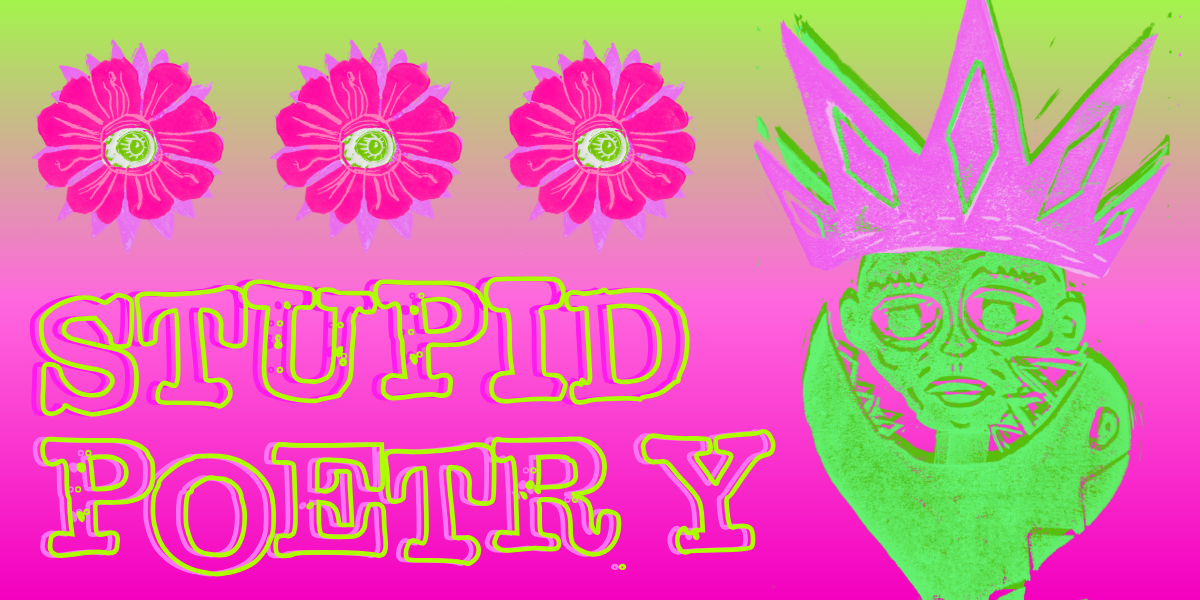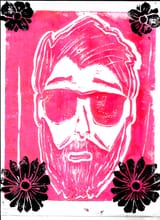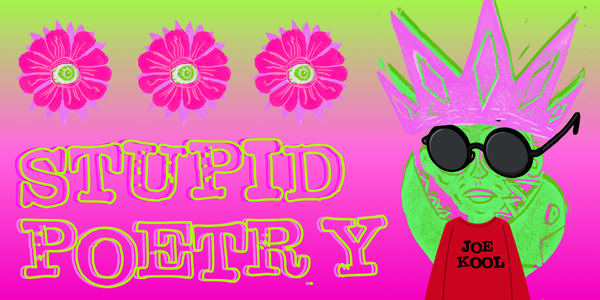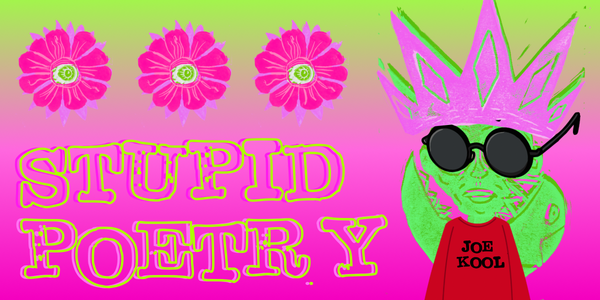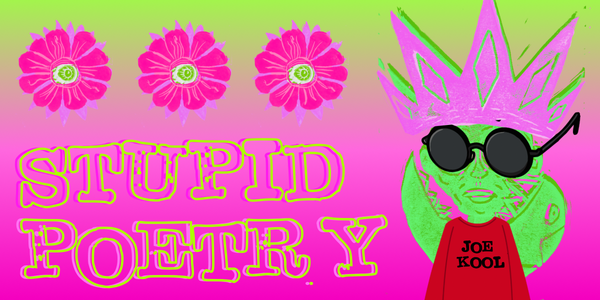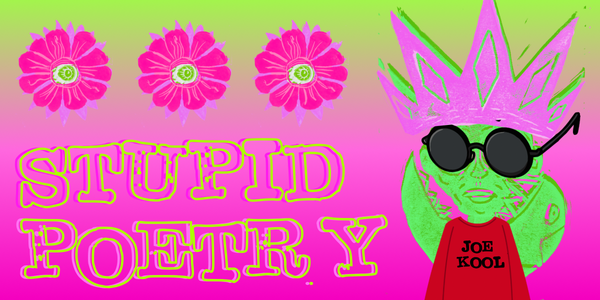Revision Part 2, or Pesky Tourniquets

Hello, folks! I feel like I start every post with "Hello, folks!" but I don't know what else to say and that gets right to the point. Feel free to pitch me new newsletter openings at whatsyourdew@pepsi.com. Wait, that doesn't sound right. Ah. Oh well.
Anyway (a classic paragraph 2 opener, huh), like I mentioned last week, we are deep in the revision process, everybody. I have narrowed down the poems that I want in the collection, an exciting development preceded by a lot of hemming and hawing. Hemming and hawing like you have never seen before. As soon as I had a moment to stop hemming, the hawing would start, and when I stopped hawing you better bet the hemming started back up, on and on, etc., etc.
No, but truly, it was a tough decision. Some poems were likely never going to make it (read my thoughts on those ones here!). Some poems were just too similar to each other and either the weaker one got axed or they got stitched together into a new Frankenstein poem. Some of the things I look at when making these decisions are more holistic (i.e. "ehhhh I just don't like this one") and sometimes it focuses more on specific craft aspects of the poems like imagery or how the poem works sonically or how the central metaphors are presenting themselves.
For example, sometimes the same image will pop up in multiple poems. This is not inherently bad. I have found, with this collection, that there are a lot of recurring images in the poems. Wildflowers, the Cedar River, snapped tree branches, etc. Since this collection is so based in place and so predicated on simple observation of a place, this repetition is bound to happen, and if I may say so myself, adds to the experience of the eventual chapbook as a cohesive whole. When writing Cover, Recover, I have really wanted to present Hartman Reserve within its pages as the living, breathing entity that it is through world-building.
Now, you might think of world-building as something reserved for science-fiction or fantasy or some work where the author is literally building a world. After all, how can I be building Hartman Reserve if it already exists? However, that is what I love the most about writing poetry, is the world building. When we write, we get to kind of take apart the literal, actual world that we see around us, impart bits of meaning on all of the little pieces of it, toss it all in a bag, pour some brain juice all over it, and shake it up until it comes out something new. We get to process the world around us so that we can build new worlds out of it. So, my job, in revision, is to make sure that Hartman Reserve, not necessarily as it is, but as I see it, is alive and present on each page of the chapbook. Every edit I make, every poem that is cut, is in effort to keep that world as lively and inviting as possible.
So that means having some images pop up more than once, as long as they are moving. What that means is that, if the same image is in two, three or even more poems, there is nothing wrong with that. However, if the image is serving the exact same purpose in each of those poems, that's where the problem lies. So for example, the image of a tourniquet came up 4-5 times in the poems I wrote this summer. I think it is a fitting image for the collection. There are major themes of, as the title would suggest, recovery, and bandaging a wound is a very literal form of recovery. A tourniquet, however, is a pretty familiar image. Generally speaking, the metaphor is fairly obvious--using an item to stop bleeding, blood as a metaphor for emotional damage, etc. And so it is an image I really want to interrogate whenever it shows up. I want to make sure to defamiliarize it in some way. The most clear cut way to do this is mess with what literal physical object the tourniquet is. In one poem, it is a ninja turtle mask. In another, it is a film reel. And then in another, it was a film reel, and then in another, a film reel.
I do not need a film reel tourniquet to be in three poems from a 20 poem collection. The image is not fresh enough to warrant that much recurrence. So now there are only two tourniquet poems, the ninja turtle one and one of the film reel ones, and I have lessened the structural importance of the tourniquet even in those poems. Essentially, what I mean to say then is, that revision is not always about coming in with a knife and slashing away at everything (though it can be this if you want it to). Sometimes that can be demoralizing. It can be easy to think that everything you wrote is bad and terrible and it will never be good. That is not how revision should feel! Like in the case of the recurring tourniquet, I don't hate the image, I don't hate any of the poems or lines that ultimately got cut. They just were just not doing enough work to represent the world I want represented in Cover, Recover. And that is fine! They served a purpose, and they will always be a part of this project whether or not they are in the finished product.
So to end, I just want to share part of one of the poems where that tourniquet image did make it to the final cut. You will notice that the poem doesn't hinge on that image. The pace is somewhat rapid and you could even pretty plausibly miss the tourniquet. It was not an image I needed to linger on here (I saved the lingering for this newsletter) but it was an image that, I think, helps paint Hartman Reserve as I have experienced it this Summer. The poem is called, "Wondering How Old I Will Be When I Stop Wondering Which Ninja Turtle Each Turtle I See Would Be" and this is an excerpt:
I ask the box turtle bobbing by the lake/which ninja turtle he is and the sun/ on the water stops sparkling///perhaps little turtle masks are little tourniquets/perhaps I am growing a shell perhaps/I am a shell perhaps/ comic strips/line me perhaps flower petals sit/in clumps like stones in a throat/ like a shell abandoned/and one with the prairie grass perhaps/a shell is rolling off a bluff /and while its assorted insides scatter /it watches the river get closer
